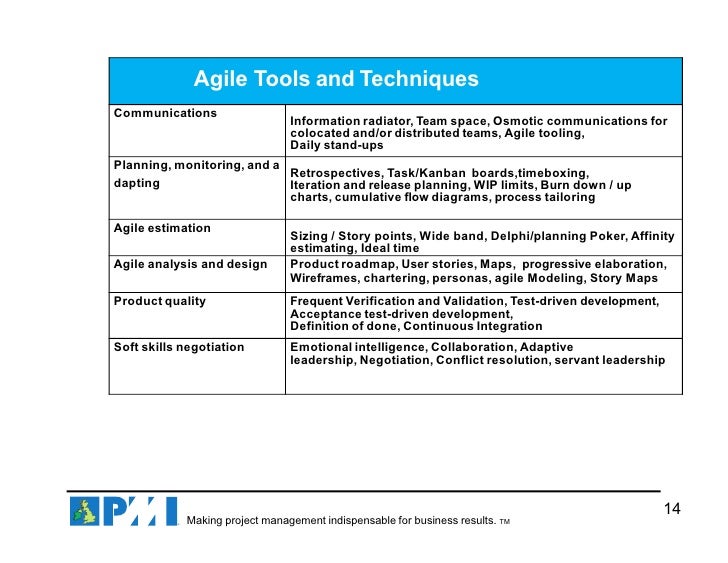Agile Planning Poker Rules
- Agile Planning Poker Rules How To Play
- Agile Planning Poker Rules For Beginners
- Agile Planning Poker Rules Card Game
The idea behind Planning Poker is simple. Individual stories are presented for estimation. After a period of discussion, each participant chooses from his own deck the numbered card that represents his estimate of how much work is involved in the story under discussion. Planning Poker is a highly efficient agile planning and estimating technique which has become exceptionally well-known over recent years. It is based on a procedure known as Wideband Delphi that was made by the RAND Corporation between 1940 and 1968, the exact year unknown. Agile planning processes only look at task-level estimates to make sure a feature can be completed in an iteration. A key success factor in Agile project planning is that the project team is known at the start of the project and team members are 100% dedicated to the project. Agile cost planning is based on this. Planning Poker was created by James Grenning in 2002 and seems to be a simplified version of another popular estimation method — Wideband Deplhi (although Grenning himself claims he would have.
The rules of the game

Agile Planning Poker Rules How To Play
In our previous blog post, we discussed key concepts for Agile planning, such as story points.Let’s continue with the rules of the Planning Poker game.
All you need is a deck of planning poker cards. And a team, of course 🙂 Then the procedure is simple:
- Team refreshes their definition of a baseline story.
- The Product Owner introduces the story that team will be estimating.
- Each team member decides how many story points he or she will allocate and picks the relevant card from the deck.
- When the facilitator gives a sign, all team members show their cards simultaneously.
- The people who allocated the most and the least points explain their reasons and a round of additional questions and clarifications follows.
- Then you do another round of estimations.
- If you are looking for a full consensus, you repeat the procedure until the estimates are very close or equal. If the team is satisfied with the revealed information, they can also agree on a specific number and move on to the next story. This
The main benefit from this is not really the precise estimate that you will get. It is just a consequence of a thorough discussion and good understanding that the team co-create as they ask questions and share views. So, if you decide to try planning poker, or you are already using it, remember – do not do it for the estimates only – in the first place, do it for the discussions and the knowledge sharing.
Alternative approaches
Planning Poker is a great practice for digging deeper into the stories and discovering “hidden” information in the team. However, it can be really time consuming.
When estimating a big amount of stories – for example, in release planning sessions, you can consider some of the following practices:
- Timebox discussions on individual stories. This will focus the team on the most important questions they want to raises.
- Use T-shirt sizes instead of story points. This reduces the pressure on the team for super accurate estimates, and focuses them on understanding the overall amount of work.
- Try techniques such as Big Wall estimation, or Bucket estimations. They help the team get an overview of the bigger picture, and reduces the overall estimation time.
Agile Planning Poker Rules For Beginners
Happy planning!
Agile Planning Poker Rules Card Game

P.S. You can also check out our mobile Planning Poker application
- 4.95 €
- 31.00 €
- 43.00 €
- 39.75 €